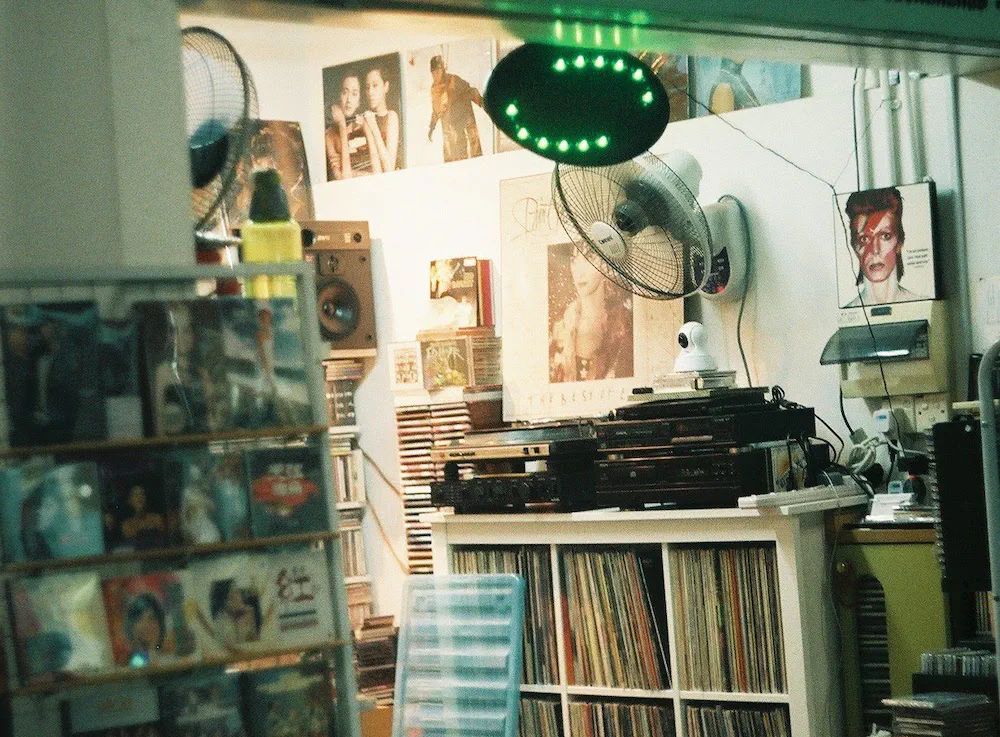Note: This is not new knowledge or breaking news. As informed consumers of music during the pandemic, It’s important to understand how Spotify works. Most importantly how it might not help to just stream your favorite indie band.
Farms… The word conjures up images of vistas of green, red tractors and barns. Today most of it stays the same. Let’s forget about the unfixable tractors because of Software IP Rights (Tangent Alert!). We’re talking about the other farms, power-hungry warehouses running warm with computer and phones pretending to be humans.

The Business Model
Streaming farms, sounded unsurprising until I got to know about how bad actors are making bank by exploiting Spotify.
Note: This write-up will only explore parts of the model that is important for this article, and is simplified for brevity.
Spotify operates on a basic freemium model with the majority of the consumers being subscribers of the service. Let’s explore how creators get paid, In Summary Spotify earns money by splitting their total “revenue” (subscription or ads) in a 30%, 70% split.
- 30% → To Spotify.
- 70% → To The Creators (based on listens, a listen constitutes 30s of playback)
“Sounds great?” Well I thought myself as well, until read I how the top 1.4% artists generated 90% of the streams on the platform therefore the remaining 98.6% made 10%. That’s 2,957,000 Artists getting 10% of the total! (2020 Q2 Report Spotify)
It’s a tough space is an understatement for an independent artist. Worsen if not taken by mass appeal.
Stream Farms, Adding Insult To Injury
As hinted prior, stream farms are not just for inflating listens(bumping the artist up), It’s a way to generate money. Musician nor not regardless, a bad actor can easily publish stock music on to the platform and get the bots to ear in.
Outline on how this kind of operation would run,
- Procure a number of fake Spotify accounts (using phishing or creating) and install on a bank of phones.
- Publish music under a fake artist name.
- Get a bank of phones or computers to listen to the fake published music.
- Voilà, now you get to take a part of the Spotify revenue pool.
Note On Stolen Accounts: Many have complained on how there are random listens in their accounts when inactive, this is the case of phished accounts used for this ploy. Think twice before buying a Spotify Subscription From eBay!
Now let’s put this practice into context. Spotify’s still keeps it’s 30% The bots holding more of the listens will get a better payout. In this case, the honest artists are left to suffer.
Conclusion
Statements by Spotify talks about cracking down on bad actors. The goal is to make the platform a better place for all stakeholders. Some claim that the mainstream music industry also plays a part to better promote upcoming artists. I’m going to refrain on commenting on it’s progress due to the lack of research.
But, I hope this write-down helps you to navigate the streaming business with caution. Most independent make their money through gigging and direct sales, which is curbed with the pandemic. Help your local independent artists!